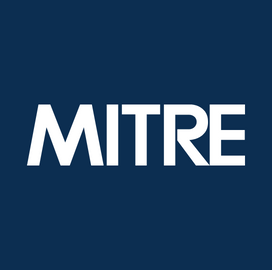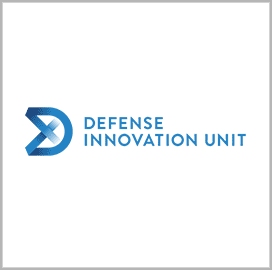The Centers for Medicare and Medicaid Services is soliciting information on current artificial intelligence capabilities that could enhance its program executions.
In a request for information posted on Monday, CMS said it seeks input on AI technologies that could inspire the workforce on AI capabilities and increase efficiencies within agency operations.
The government expects to receive submissions from healthcare companies, providers, payers and tech startups.
The input from interested parties should focus on discussing the impact of key AI functionalities in healthcare, including generative AI, diagnostics and imaging analysis, business automation, workforce enablement, direct-to-patient communication, robotic-assisted healthcare delivery and fraud detection.
In their submissions, the organizations should also outline their experience and describe how their AI technology would address risks and benefits.
CMS will then select organizations to demonstrate their AI products and services during a series of “CMS AI Demo Days,” which aim to educate the CMS community on AI products.
During the demo phase, the chosen organization will work with the agency’s technical panel and will prepare a 15-minute presentation of their products or services.
Interested parties should submit their questions before Sept. 27 and their capability statements by Oct. 7.
On Dec. 11, join the Potomac Officers Club’s 2024 Healthcare Summit to explore the transformative trends and innovations shaping the future of the healthcare sector.













